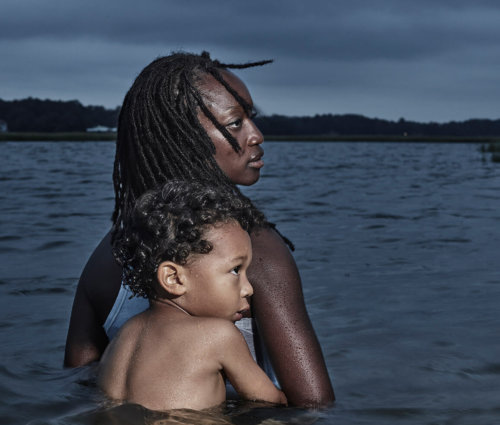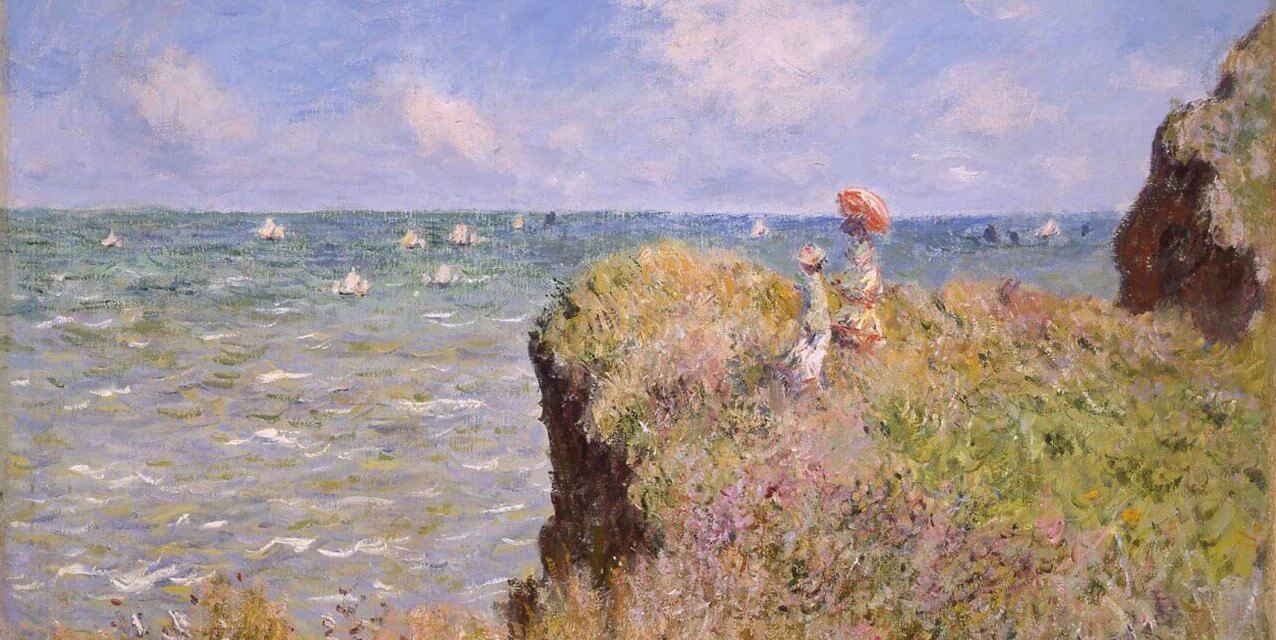This week, I saw the work of two highly gifted artists–work that showed each one’s deep connection with and inspiration from nature.
The first was touring the Monet exhibit, Claude Monet: The Truth of Nature, at the Denver Art Museum, It is being billed as the most comprehensive U.S. exhibition of Monet paintings in more than two decades. If you haven’t been yet, it is a must-see. There are more than 120 of Monet’s paintings, and they are just stunning. Monet focused on nature, and in particular, the interaction of light, the reflective characteristics of water, and the beauty of the natural world. He would paint the same scene over and over again at different times of the day. You can see how he used texture and color to create magnificent and enduring pieces that celebrate the natural world. He is quoted in the exhibit as saying, “You have to know how to seize just the right moment in a landscape instantaneously, because that particular moment will never come again, and you’re always wondering if the impression you got was truthful.”
 The other collection of work was that of Boulder-based nature photojournalist James Balog and his latest documentary film, The Human Element, as part of our SPEAK lecture series. Balog’s work includes the Extreme Ice Survey, which uses time-lapse photography to capture the melting of glaciers. His film The Human Element looks at humanity’s relationship to nature and how we are changing our natural world. Like Monet, he uses observation to record landscapes over the passage of time. His photography documents the spread of wildfire, the degradation of air quality, and the rising seas.
The other collection of work was that of Boulder-based nature photojournalist James Balog and his latest documentary film, The Human Element, as part of our SPEAK lecture series. Balog’s work includes the Extreme Ice Survey, which uses time-lapse photography to capture the melting of glaciers. His film The Human Element looks at humanity’s relationship to nature and how we are changing our natural world. Like Monet, he uses observation to record landscapes over the passage of time. His photography documents the spread of wildfire, the degradation of air quality, and the rising seas.
The skill of observation is as important to the sciences and the humanities as it is to the visual arts. Humans have an amazing capacity to examine, interpret, and record what they see in the world. When we put our observational skills to work, that is when we are most effective at identifying and solving problems.
Our goal as teachers, students, and scholars is to use rational thought and a scientific method to understand the world; there is so much to see and know. And as Monet said, “It’s on the strength of observation and reflection that one finds a way. So we must dig and delve unceasingly.”
